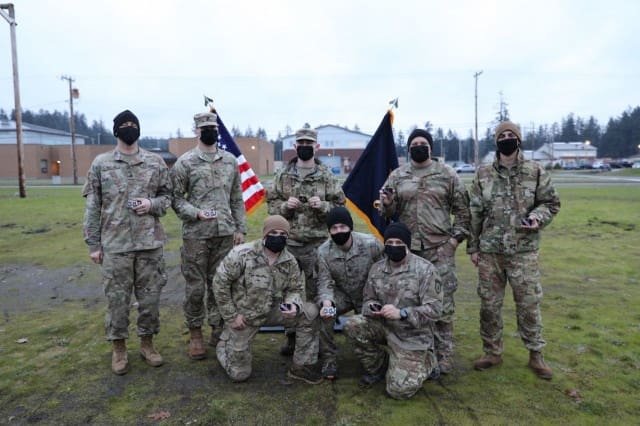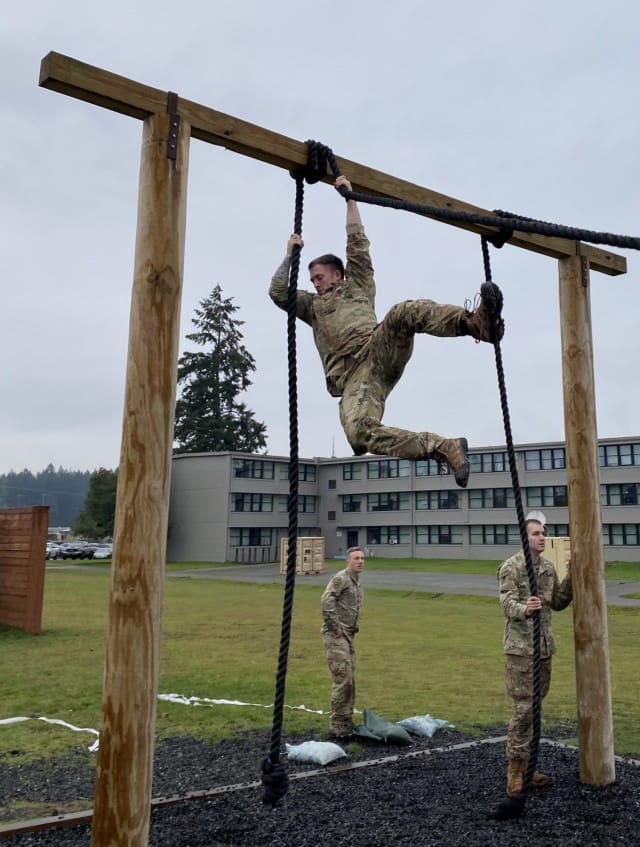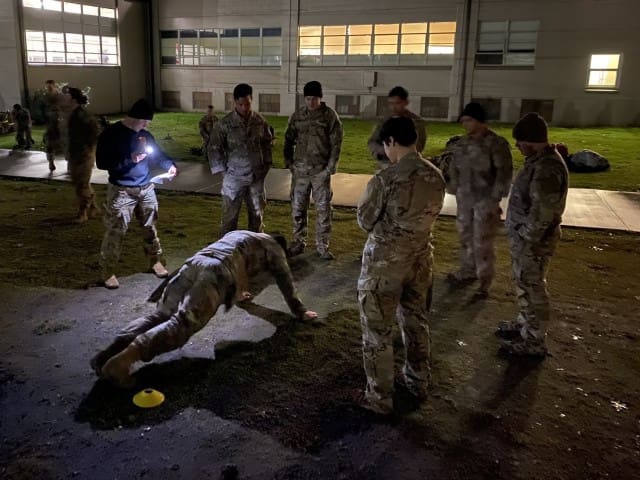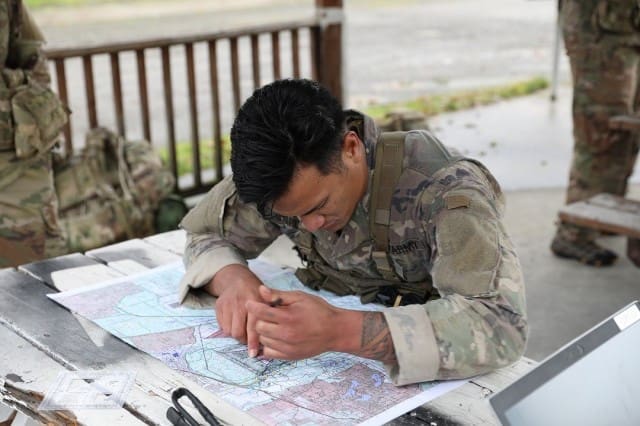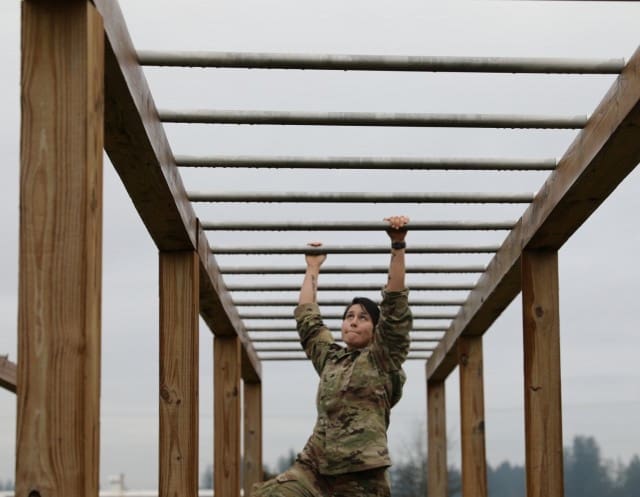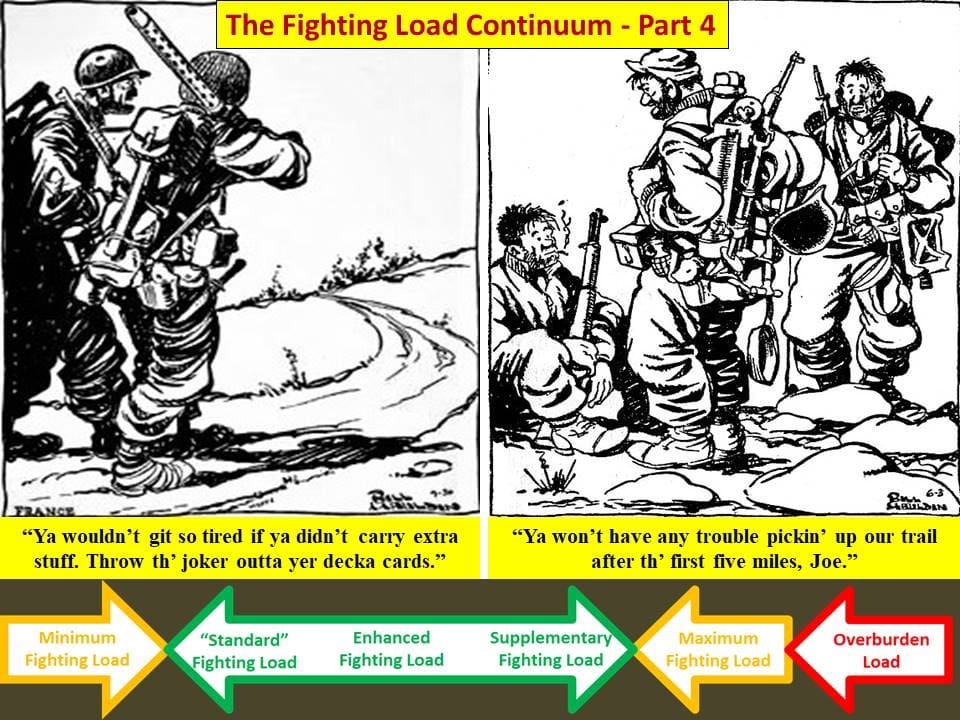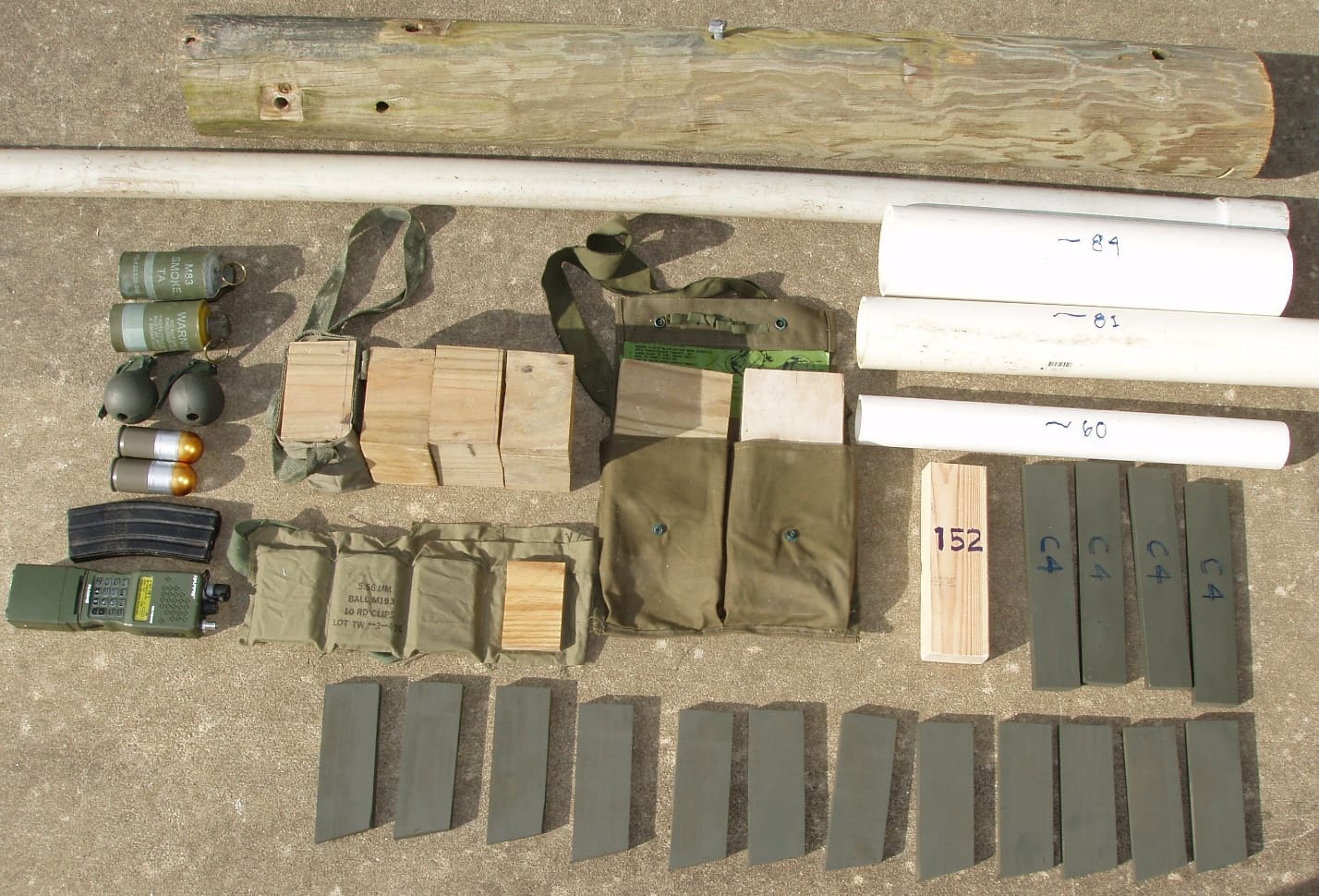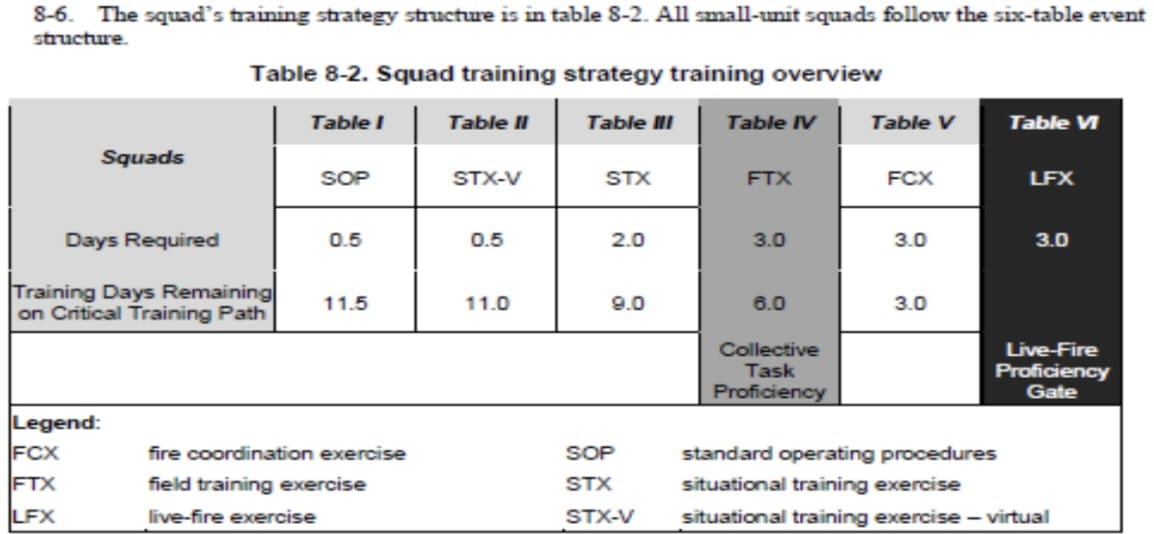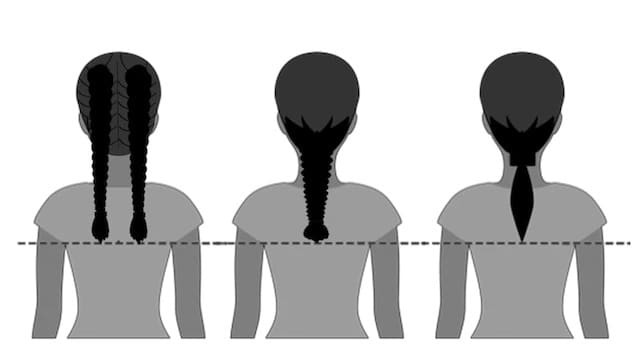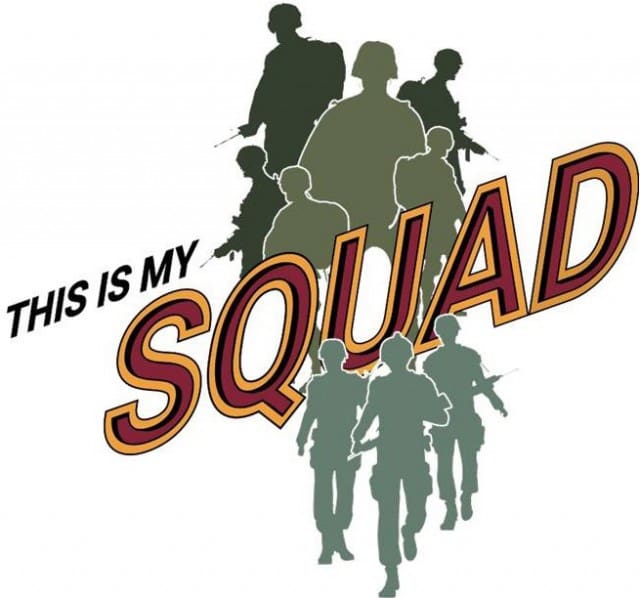Army announces new grooming, appearance standards
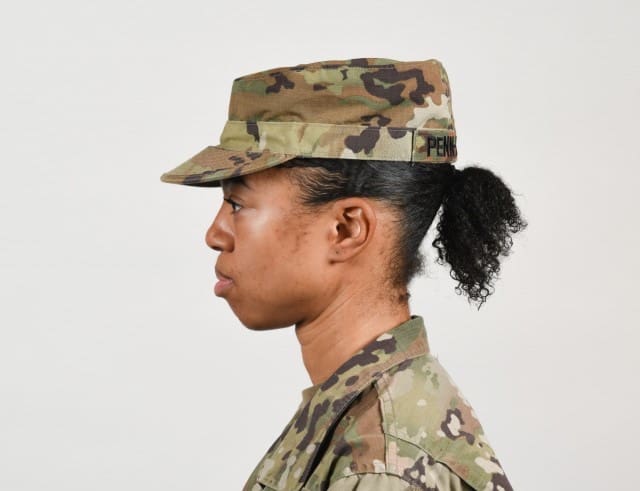
WASHINGTON — New changes to grooming and appearance standards are slated to take effect next month, as part of the Army’s commitment to improve the wellbeing of all Soldiers.
Army senior leaders approved several upcoming grooming and appearance modifications, said Sgt. Maj. Brian Sanders, senior enlisted leader of Army G-1’s uniform policy branch.
The announcement will be followed by an all-Army activities message that will take effect late February and will supersede the standards outlined in the grooming and appearance chapter of Army Regulation 670-1 until the next scheduled revision.
“This is one of the many facets of putting our people first and recognizing who they are as human beings,” he said. “Their identity and diverse backgrounds are what makes the Army an ultimate fighting force.”
The changes originated from a panel of 17 Soldiers — 15 women and two men — who assessed a list of proposed grooming and appearance modifications connected to the professional appearance, health and wellness, diversity, and inclusion of Soldiers.
The panel included Soldiers from all components, representing a cross-section of ranks, units, ages, cultural backgrounds, career fields and races. The process also included two Army dermatologists, an Army psychologist, and an Army equal opportunity advisor as subject-matter experts, who provided medical or EO knowledge to back the panel’s findings.
The push to change the Army’s grooming standards proves that the force is evolving and making a concerted effort to make everyone feel included, said Master Sgt. Quintana Mitchell, the uniform policy NCO for G-1.
“I use the analogy, ‘If you look good, you feel good — and if you feel good, you perform [well],” Sanders said. “If I am in the Army long enough, it would be nice to see how these changes have improved productivity … and make Soldiers perform better.”

Minimum hair length
One of the updates will authorize no minimum hair length for all personnel, to include making it an optional style for female Soldiers. Under the current policy, a Soldier’s hair length can be no shorter than 1/4 inch from the scalp unless otherwise exempt due to a medical condition or injury.
Panel findings determined that females attending Ranger, Special Forces, or Sapper training were often encouraged to cut their hair to abide by health and hygiene recommendations while training in an austere environment, Sanders said.
If the Soldier were to washout or graduate from training, their hair was often below the 1/4 inch minimum length requirement and outside Army regulations.
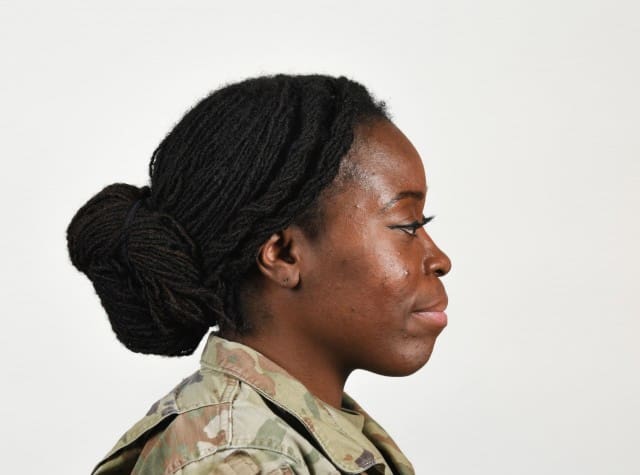
Multiple hairstyles
Soldiers will also be authorized to wear multiple hairstyles as long as it maintains a neat and professional appearance, and if the hairstyle doesn’t impede the use of headgear or other equipment, Sanders said.
Under the current standard, Soldiers are allowed to braid, twist, lock, or cornrow their hair if they are uniform and no greater than 1/2 inch in width. Individuals must also have appropriate size and spacing between each braid, cornrow, twist, or lock, and are authorized one distinct type of hairstyle at one time. The updated standard removes the constraints of dimension requirements.
By eliminating some of the restrictions, Soldiers will now have more flexibility, all while keeping it within the confines of professionalism, Mitchell said. Further, having a choice to wear multiple hairstyles will allow female Soldiers more ways to secure their hair so that it can fit appropriately under their headgear.

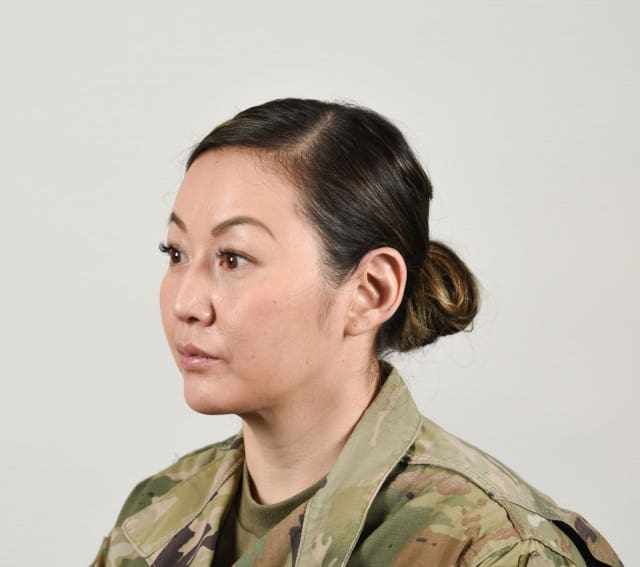
Ponytails
Female Soldiers with medium-length hair will have the option to wear a ponytail if the individual’s hair length or texture prevents them from securing it into a tight bun, Sanders said. A medium-length hairstyle must extend more than 1 inch from the scalp and cannot exceed the lower edge of the collar in all uniforms.
Under the new policy, medium-length ponytails are only authorized for wear on the back of the scalp and cannot exceed the head’s width or interfere with the proper wear of a Soldier’s headgear.
The updated standard will also allow females with long hair the option to wear a ponytail while wearing an Army Combat Uniform during physical training, or while wearing tactical headgear during tactical training or combat operations. The Army defines long hair as a length that extends beyond the collar. Army standards require this hairstyle to be neatly and inconspicuously fastened above the collar’s lower edge.
“We can’t tell a Soldier to cut their hair so their helmet can fit,” Sanders said. “We can still allow a female Soldier with longer hair to put into a long ponytail and tuck it in their ACU top so they can still conduct their mission.”
Dermatologists involved in the review process provided critical input tied to the updated ponytail policy, Sanders said. The authorized wear of a medium-length ponytail could lower an individual’s risk of hair loss, reduce scarring, or decrease the likelihood of migraine headaches caused by repeatedly pulling hair into a tight bun.
The lack of hairstyle options as a result of a Soldier’s hair length or texture can often stress an individual as they try various techniques and devices to secure their hair to maintain a neat appearance, Mitchell said.
Hair highlights, root growth
The Army plans to authorize the wear of highlights if it presents a natural appearance and is not a prohibited color, Sanders said. Further, if a Soldier decides to color or highlight their hair, root growth of a different color should not exceed 1.5 inches of the original color.
“Some Soldiers develop natural highlights,” Sanders said. “We cannot assume that a Soldier’s hair should be a specific color” based on their complexion.
Under the current regulation, Soldiers are only authorized to dye, tint, or bleach their hair. The color of their hair must also be uniform and not detract from their professional appearance. Unauthorized pigments include, but are not limited to, purple, blue, pink, green, orange, bright red, and fluorescent or neon colors.
“The emphasis is on natural hair colors,” Mitchell said. “It doesn’t necessarily have to be a color that is typically seen on a certain ethnic group. It just has to be a natural hair color” that presents a neat and professional image.
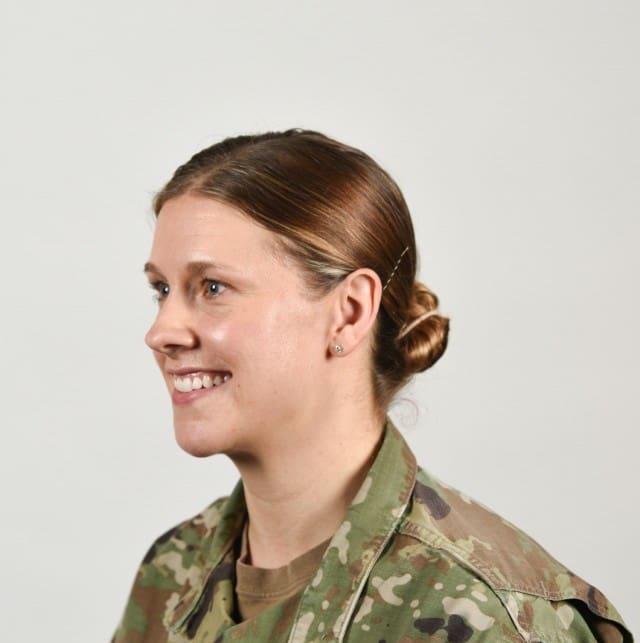
Optional wear of earrings with ACU
Female Soldiers will soon be authorized to wear earrings with their ACU. Earrings can either be screw-on, clip-on, or post-type earrings in gold, silver, or diamond and must be unadorned and spherical without exceeding 6 mm or 1/4 inch in diameter.
Pearl earrings are not authorized with the ACU, Sanders said. Females are currently authorized to wear earrings when wearing their service, dress, mess, and evening mess uniforms.
Individuals will not be allowed to wear earrings in a field environment or during a combat-related deployment, or in locations where access to regular hygiene is limited.
“Our identity is important,” Sanders said. “If we care about people first and the Soldier as a whole, we have to care about the many aspects to who they are as well. This is a small, but significant change that positively impacts a considerable size of our force.”
Additional colors of lipstick, nail polish
Along with supporting a Soldier’s identity, the Army approved the use of additional colors of lipstick and nail polish, including the wear of clear nail polish by male Soldiers. Females also have the option to wear an American manicure, a two-tone nail style that maintains a natural appearance.
“Some male Soldiers in certain occupation specialties rely on their hands, which are under constant bombardment while working with tools or harsh chemicals,” Sanders said. “A male Soldier would take this opportunity to keep their nails protected.”
According to the updated policy, extreme colors and nail shapes, such as a coffin, ballerina, and stiletto nails, are prohibited while in uniform or on duty in civilian clothes. Unauthorized pigments include, but are not limited to, purple, blue, pink, green, orange, bright red, and fluorescent or neon colors.
Offensive wording change, updated imagery
Another update will remove and replace potentially offensive and weaponized words and phrases, such as “Mohawk, Fu Manchu, dreadlock, eccentric, and faddish,” Sanders said.
Army officials are currently replacing phrases of concern with alternative verbiage to provide increased clarity and guidance about a Soldier’s professional appearance based on safety, good order, and military bearing — instead of relying on the phrase at the discretion of the commander.
“This is how we shift the culture and embrace forward thinking,” Sanders added. “It is time to dig deeper and use our lexicon and vocabulary to describe what is authorized and what does not conform to a professional military appearance, good order and discipline.”
The updated standard will also include a link to imagery and videos to provide Soldiers with specific examples of proper grooming and appearance standards, Sanders said. Current images are too vague, outdated, and leave too much room for interpretation without adequate guidance.
“Pictures speak 1,000 words,” he said. “We won’t be able to capture every grooming and appearance standard, but we will be able to categorize them to equip Soldiers at all levels” with the information needed to ensure regulatory standards are being realized in a fair and inclusive way that is easily understood across the force.
By Devon Suits, Army News Service
